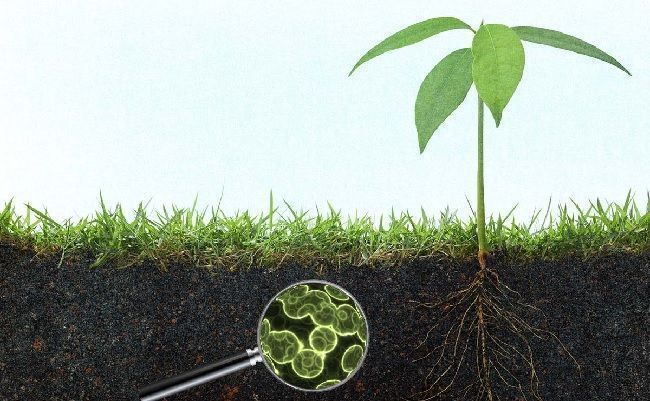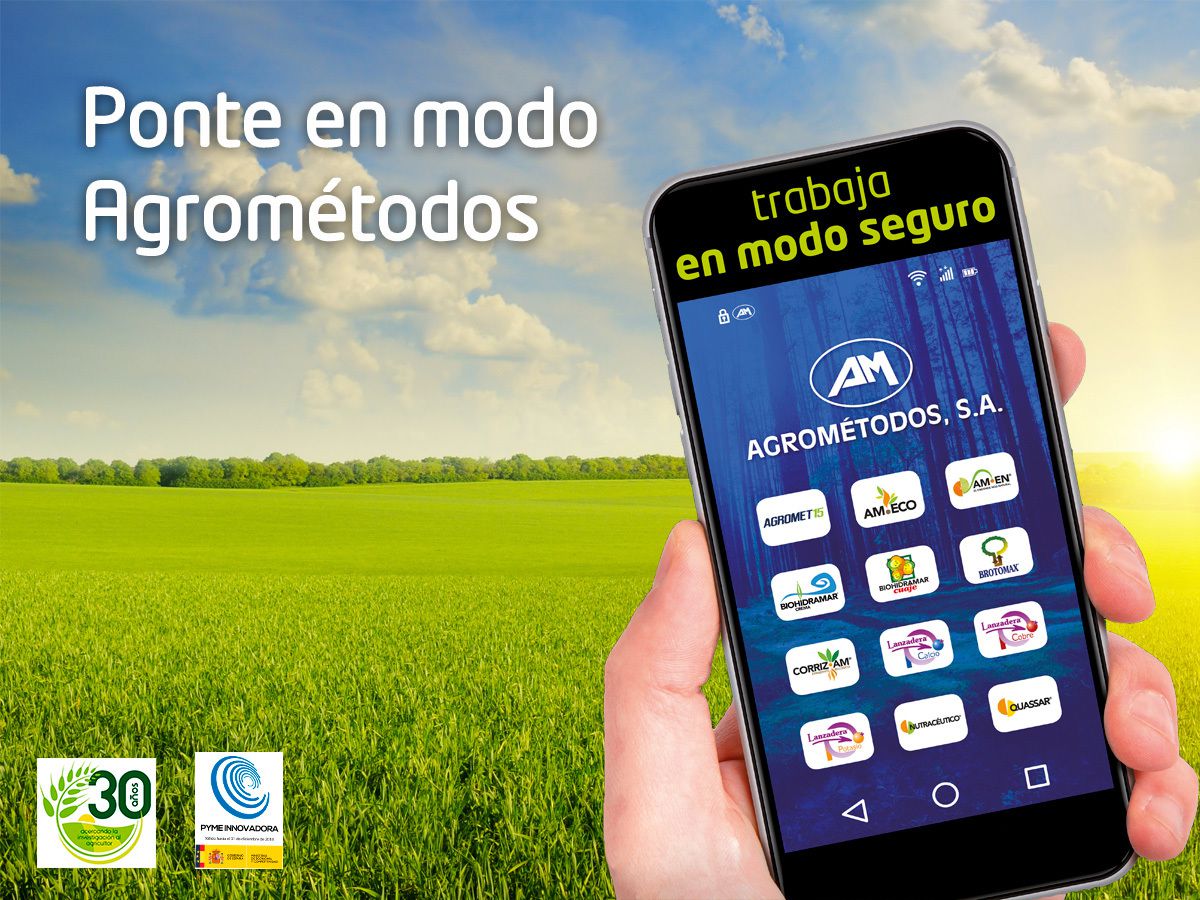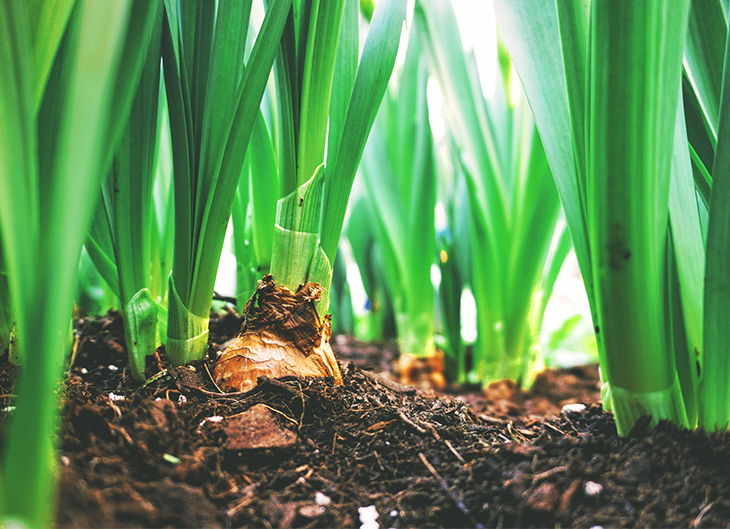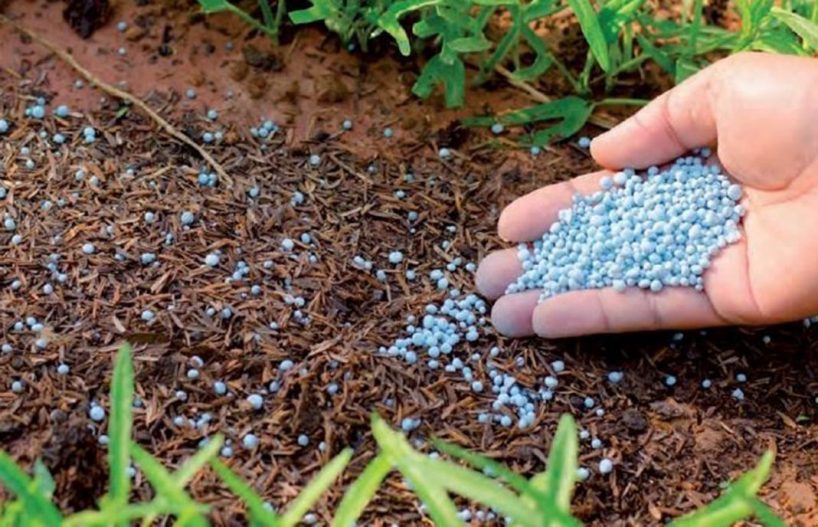
Update on the New Fertilising Products Regulation
The new Fertilising Products Regulation was approved at the meeting of the European Parliament in Strasbourg on Wednesday, 27 March 2019.
It is now subject to approval by the EU Council without amendment, and then it will be published.
The new rules will facilitate the access of organic and waste-based fertilisers to the EU Single Market. It also introduces new limits for cadmium and other contaminants in phosphate fertilisers. This will help to reduce waste, energy consumption and environmental damage, as well as limit the risks to human health.
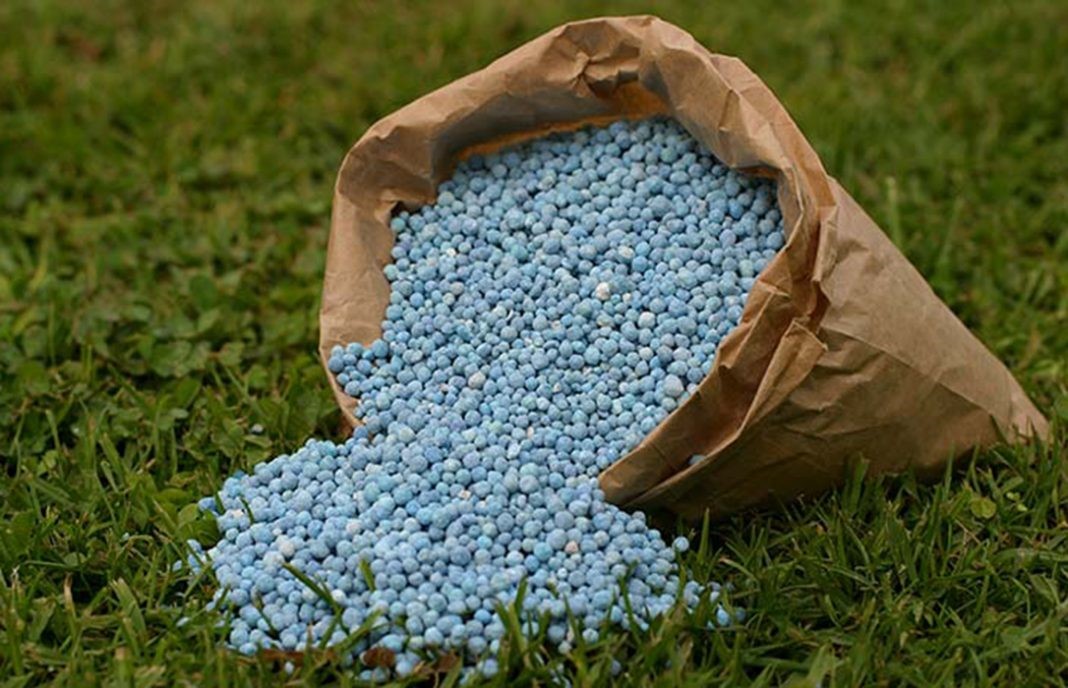
The main elements of the new rules are:
- Opening the Single Market for organic fertilisers: The agreement on the Fertilising Products Regulation will open the market for new and innovative organic fertilisers by defining the conditions under which these can access the EU Single Market. The Regulation will provide common rules on safety, quality and labelling requirements for all fertilisers to be traded freely across the EU. Producers will need to demonstrate that their products meet those requirements before affixing the CE mark.
- Introducing limit values for contaminants in certain fertilisers: The Regulation for the first time introduces limits for contaminants, including a new 60 mg/kg limit for cadmium which will be further reviewed four years after the date of application. This will guarantee a high level of soil protection and reduce health and environmental risks, while allowing producers to adapt their manufacturing process to comply with the new limits. Producers will also be able to use a low-cadmium label applicable to products with less than 20mg/kg cadmium content. These rules will affect those fertilisers that choose to affix the CE mark.
- Functional Product Categories (FPC): The functional product categories (Annex I) remain unchanged after the last revision and include both microbial and non-microbial biostimulants in category 6. The microbial biostimulants allowed at present are: Azotobacter spp., Mycorrhizal fungi, Rhizobium spp. and Azospirillum spp. They are subject to Modules B and C for the Conformity Assessment Procedures (Annex IV), unless the biostimulant is a polymer or is included in a mixture.
- The requirements for EC fertilisers set out in Regulation 2003/2003 are updated, setting new ones for the new FPCs and establishing limits on contaminants for the different FPCs.
- A ban is introduced on intentionally added phosphonates. A limit is established for unintentional presence, which cannot exceed 0.5% in mass.
- Regulation of copper content: Limits on copper content are established for some FPCs and their subcategories.
- Regarding the Material Component Categories (MCC): The Regulation establishes that an EU fertilising product shall consist exclusively of material components that meet the requirements for one or more of the MCCs listed in Annex II of the new Regulation.
- Maintaining optional harmonisation: The Regulation also offers the possibility of choosing optional harmonisation. A manufacturer who does not wish to affix the CE mark to its products may choose to comply with national standards and sell the product to other EU countries based on the principle of mutual recognition.
- Regulation (EC) 1107/2009 on plant protection products is amended to include biostimulants.
- Regulation (EC) No 1069/2009 laying down health rules as regards animal by-products and derived products not intended for human consumption is amended to establish an end point for waste and its use in fertilisers.
- Regulation (EC) 2003/2003 relating to fertilisers will be repealed three years after the entry into force of this new EU Fertilising Products Regulation.
- The new EU Fertilising Products Regulation will take effect 20 days after its publication in the Official Journal of the European Union and the application date will be three years after entry into force.

